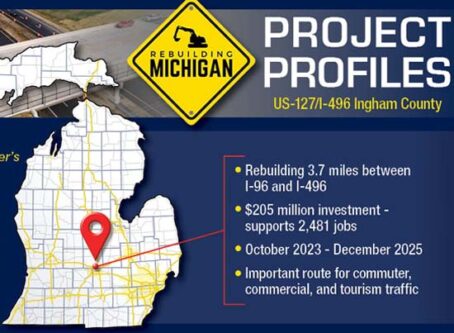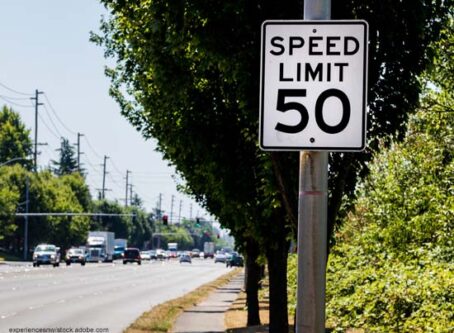Employment in trucking industry takes a hit in May
Trucking jobs dropped in May, but the employment situation in the industry is still slightly better than the end of last year.
Trucking employment went down by 1,500 jobs after gaining 600 in April. Preliminary numbers initially showed a job loss of 1,500 in April. Revised data has March showing an increase of 2,600 jobs after initially reporting an increase of more than 3,000.
Employment numbers for May and April are preliminary.
The trucking subsector had a net loss of 42,500 jobs in 2020. This is far from the largest annual decrease. In 2009, more than 100,000 trucking jobs were lost, preceded by employment being down by 76,500 jobs in 2008 during the Great Recession. In 2001, another recession year, trucking jobs fell by more than 49,000.
Compared to the end of 2020, trucking employment is up less than 1,000 jobs. This time last year, there was a decrease of more than 92,000 jobs after the trucking subsector experienced its biggest monthly loss since tracking of the subsector began in 1990 due to the pandemic. April 2020 was hit the hardest by the pandemic because of new stay-at-home orders nationwide, causing businesses to shut down or modify operations. Resulting job losses in trucking erased more than five years of trucking employment growth. However, May 2020 was the start of a nine-month streak of increases.
In its analysis of the employment report, online freight network Convoy states that despite a lot of talk about labor shortages, there is some positive movement in the trucking industry.
Specifically, Convoy refers to three data points that paint a less bleak picture of the labor market:
- Average hours worked at trucking firms rose further in April after touching a previous all-time high in March.
- Household survey data suggest that younger and Hispanic drivers have been most responsive to the trucking industry’s recent hiring push.
- Online searchers for CDL training are up sharply, but the surge is not being driven by states ending emergency Unemployment Insurance benefits.
Next month’s employment report may be more revealing, Convoy states.
“June will provide a true test of the tug-of-war between the industry’s efforts to onboard new drivers and policymakers’ support to the economy,” Aaron Terrazas, Convoy’s director of economic research, states in the analysis. “As states unwind pandemic-era policies and the services sector heats up with broader reopening, many of the labor market ideas that the freight industry has been debating in recent months will either yield job gains or fail to materialize.”
The transport sector bounced back from a significant loss in April with a job increase of nearly 23,000 in May, according to the Bureau of Labor Statistics. Last month’s report showed employment was down 74,000 jobs in the sector. Revised data now puts that number at 52,700.
All but three of the transportation subsectors experienced employment gains, with support activities for transportation gaining the most (10,200), followed by air transport with 8,500 more jobs. Scenic/sightseeing transport suffered the largest loss (minus 2,800), followed by trucking and water transport (minus 700).
The transportation sector experienced a job loss of nearly 93,000 last year. Like trucking employment, the transportation sector as a whole had worse years in 2009 (minus 273,800), 2008 (minus 153,800) and 2001 (minus 235,700). Year to date, the transport sector is up more than 55,000 jobs, thanks to large gains in February and March. This time last year, transportation jobs were down by nearly 390,000 because of the pandemic.
Average hourly earnings for the transportation and warehousing sector were $26.28 for May – an increase of 21 cents from the previous month. Earnings were up by 66 cents from May 2020. Hourly earnings for production/nonsupervisory jobs were up significantly by 56 cents to $23.62 and increased by 79 cents year to year. Average hourly earnings for private, nonfarm payrolls across all industries were $30.33, a 15-cent increase from the previous month.
The unemployment rate for transportation and material-moving occupations went up slightly to 8.9% compared to April’s rate of 8.8%. At this time last year, the unemployment rate in the transport sector was sitting at more than 18% due to the pandemic.
Overall unemployment dropped from 6.1% to 5.8%, after the economy gained 559,000 jobs in May. The jobless rate is still up 2.3 percentage points from last February, just before the implementation of stay-at-home orders. However, unemployment has fallen by 9 percentage points since last April. LL









